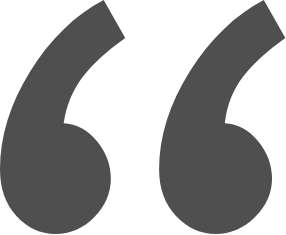Turning End-of-Year Insights Into Impact: A Guide to School Improvement Planning

By Gina Schlieman, Partner at Lumen Impact Group
Students are taking end-of-year assessments, which means summer is almost upon us, and teachers, school administrators, students, and parents are in the home stretch. We’re all looking forward to warmer weather, a change in routine, and a break from school. But there’s important work to be done this time of year, and while it is challenging to stay focused as we head into Summer, it can also be energizing and exciting for schools wishing to grow their impact.
Take Operational Steps toward Long-Term Outcomes through School Improvement Planning
At Lumen we support schools that are seeking to grow their impact, but we don’t just help them build a strategic plan and then wave goodbye – we encourage them to create a strong operational plan to support intentional progress toward achieving their strategy (see our previous blog post on how operational planning supports strategic plans).
The day-to-day work needed to reach strategic goals can feel all-consuming, but moving forward with new initiatives and change is less daunting with a clear roadmap to follow. For schools that want to continue to improve the quality of their program and to increase student performance and outcomes, establishing a plan with laid-out implementation steps and structured systems and supports in place to track progress integrates progress into the school’s daily work, reducing pain points.
School Improvement Planning, a sister to operational planning, helps schools to get specific and intentional about moving big strategic outcomes forward by focusing on one or two years of manageable steps and targets. With clear milestones, actions, and continuous data collection and analysis, schools can use School Improvement Planning to make a big impact on quality and ultimately student outcomes.
Pillars of School Improvement Planning
To help you get started, follow these steps learned from Lumen’s decades of experience in supporting School Improvement Planning:
- Data Analysis.
Collect and look through all your data. Not just academic data (state assessments and interim/diagnostic assessments like NWEA MAPS, Acadiance, IXL, STAR, etc.), but also non-academic data like behavior, attendance, and parent/student/staff satisfaction surveys. What is the data telling you about the last few years of performance? Are you seeing real year-to-year trends that you can address?
- Performance Trends and Root Causes.
Put a team together (Leaders, board member(s), key educators, perhaps a parent or two) to talk through the data and identify the biggest challenges for student performance. Identify connections – for example, perhaps attendance rates have been down in the same years that academic performance has lowered. Spend some time brainstorming around what might be contributing to those low points. What adult actions or inactions are getting in the way of student progress? What can adults at the school stop doing or start doing that will impact those challenge areas?
- Action Planning.
Once you have a firm grasp on what adult actions or inactions you want to address, look for what improvement approaches (we call these Improvement Strategies) have worked for others (research-basis or emerging evidence of success) with similar student demographics. Use those established approaches to guide the development of a series of action steps over 1-2 years to guide implementation of the improvement approach. Be sure to identify who will implement each step, when each step should take place, and what expected outcomes demonstrate the step has been successful.
- Targets and Progress Monitoring.
Think about where your school is in relation to its ultimate strategic goals. If your strategic plan is 5 years, how much do you need to achieve each year to reach that goal? Is it reasonable to take on a fifth of the progress this next year? Or do you need to start smaller with larger progress to come in subsequent years? Once you decide the targets for the next two years, break these down even further into what you need to achieve by each interim assessment testing point to remain on track to achieve the year’s target. After each testing point, assess if action steps are working or if they need to be adjusted to improve progress.
- Tools.
There are lots of templates to help walk you through developing a plan for your school, but choose one that minimizes extra work. Your state may have a template available, which might be useful. Some support partners will insist you utilize their proprietary product to organize your improvement planning, but this just creates duplicate lanes of work for schools. Lumen helps clients utilize existing templates more effectively to streamline their work, not duplicate it.
- Embrace the Cycle.
Finally, improvement planning and data-based decision-making involve more than a one-off approach. It is a way of schooling, of interweaving a growth mindset into the regular and routine aspects of the school to maximize student learning. Effective school improvement planning is a cycle that involves periods of activity and reassessment throughout the whole school year. Embedding improvement planning into your school’s operations makes it second nature over time, enabling the school to achieve more and maximize its impact.
As this school year wraps up, take advantage of all the data from this past year to look ahead. What does that data tell you, and where do you need to focus in this next year to get closer to your strategic outcomes? How can you work collectively to build out your plan to move things forward with the time summer affords?
And if you need tools or a thought partner (or both!) to guide you? Lumen is here to help!


